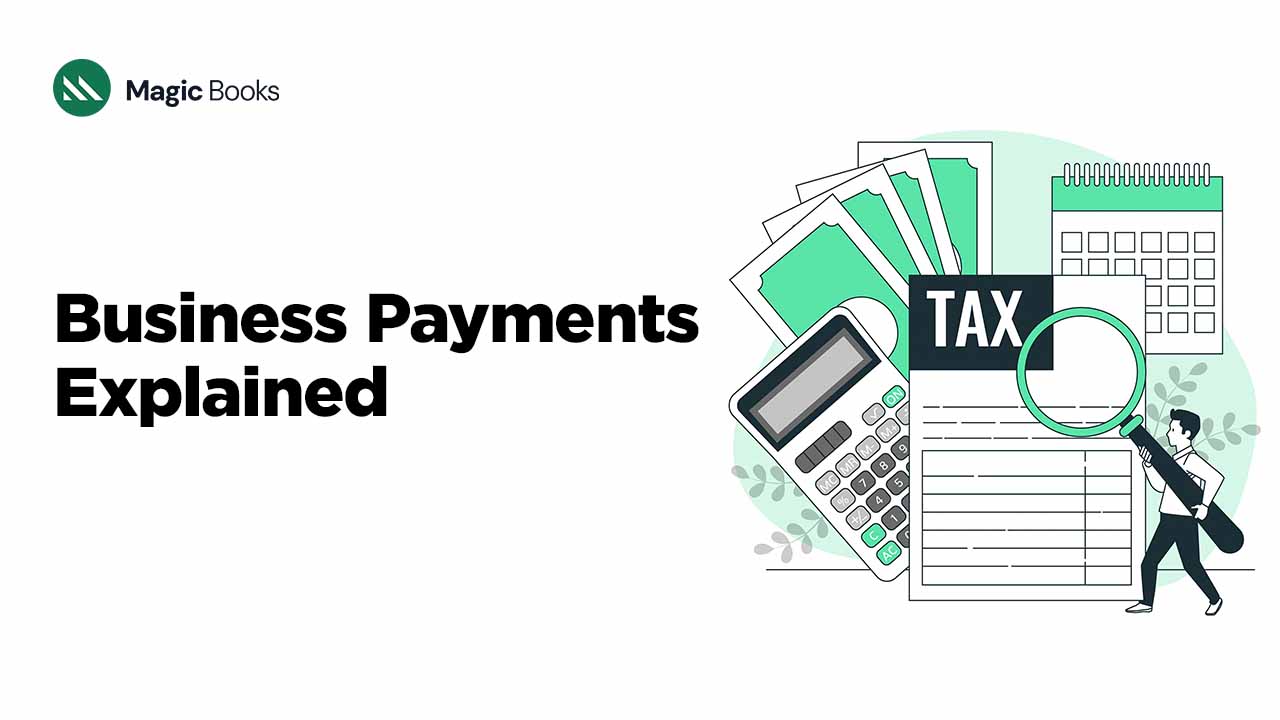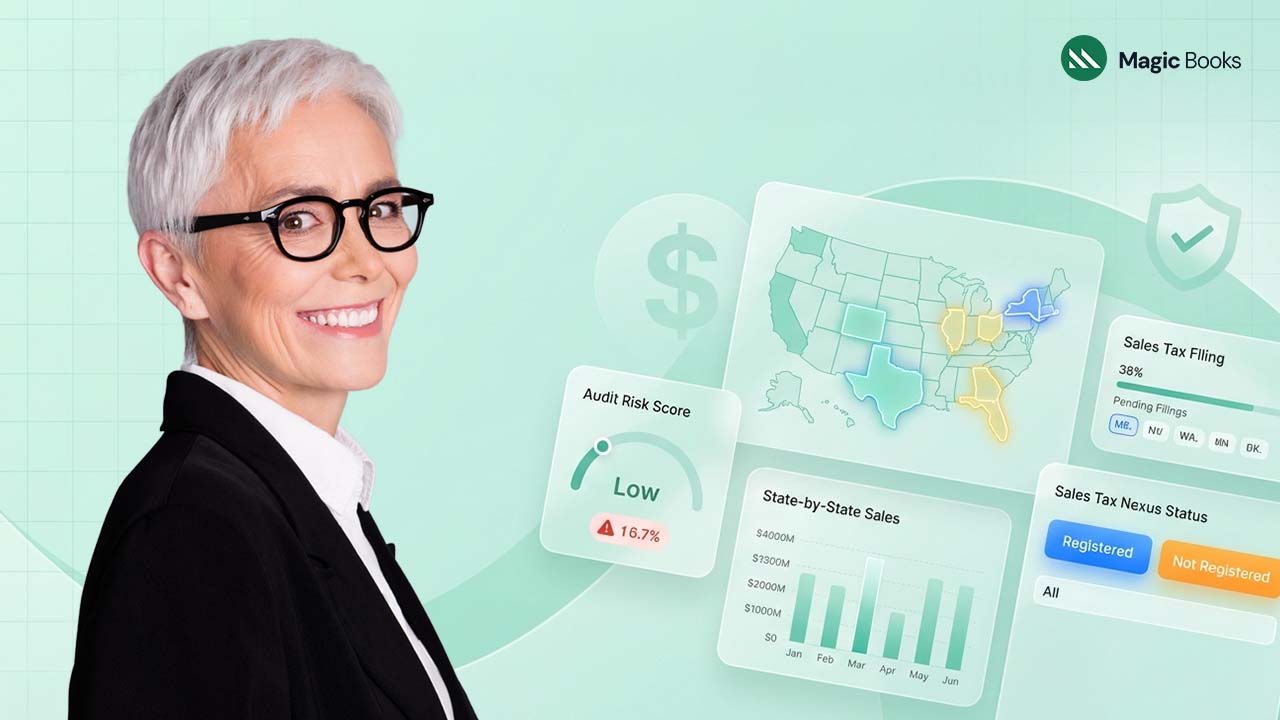When the World Wide Web was made available for public use in the early 90s, the opportunities to grow e-commerce and online shopping also started emerging. An annual growth that has reached two or three figures since its birth in the mid-1990s, is now proud to state that online shopping equals all the retail sales
in the United States. Of course, it is possible to conclude that accepting online payments wasn’t just an option for your business – it was a necessity.
As we all know, one of its most significant advantages is the need to receive payment much faster and in some situations, even diversify revenue streams in the region of the business. Incorporating professional services like legal advice or treatment services, via online invoice creation, clients get a convenient means of payment of your goods and services at their convenience.
Maybe you’re already migrating your company for an online version or perhaps you want a hassle-free way to get paid more quickly, here are 11 ways your business can accept payments online.
Types of Online Payments
The following are some of the most often accepted modes of payment that are preferably used by business organizations today.
- Traditional payment methods: Examples of traditional payment include; cash, cheques, credit cards, debit cards, money orders, and cashier’s checks.
- Digital payment methods: These include mobile payment services, instant transfer services, money transfer services, digital or electronic wallets like Venmo, and Zelle, and movements between bank accounts. Freelancers and service providers also make payments using payment links through Email or through text messages.
- Emerging payment methods: It is especially noteworthy to speak about the buy now pay later services, cryptocurrencies, contactless cards, and wearable devices.
Picking the right mode of payment for your small business isn’t a riddle that you have to try and solve. It does depend on your customers, how you are organised, and what you find most advantageous.
Let me break it down for you.
Know Your People
There is a way to look at your customers and what they like, as well as their payment preferences. Are they younger and always attached to their phones? You cannot go wrong with using mobile payment systems including Google Pay or Apple Pay. Older crowd? They could still be comfortable using good old credit cards or bank transfers. If you’re unsure, ask them! A short interview or a simple conversation with them can provide you with a tremendous amount of information.
Make It Fit Your Business
Your type of business also matters as well because different niches are going to react differently. If you have an online shop, things like PayPal or Stripe, or even those flashy ‘buy now, pay later’ options are likely vital. However, if you are running a physical store you will need a reliable POS that will manage credit cards with ease. Consider the size of the consumers again – are your transactions large or multiple small ones? Credit card or bank transfer is perfect for the former, but for the latter – it’s mobile payments.
Watch Those Fees
Are you kidding me? It is clear that payment methods are not free and having sunk into the fees we know it is rather costly. There’s no end to fees for transactions, initial creation, monthly or yearly charges, et cetera. Just try to count and determine whether the savings are worth the added cost. Also, think about cash flow. Credit cards make payments faster but things like checks or invoicing systems can make you wait for your money. No one enjoys running after the bills to be paid.
Stay Secure
This one’s non-negotiable. You have to ensure they don’t harm themselves. Choose payment options that are compliant with the security requirements within your industry, such as the PCI DSS for credit card payments, as well as have fraud measures in place. Your customers play with their hard-earned money on your website and that trust cannot be measured in dollars.
Go Tech-Savvy
Choose payments that are compatible with your already installed systems. No matter if it’s accounting software or a platform for your online store, integration does two things – saves your time and reduces the level of stress. But remember to try and plan for the future too. You will need payment solutions that can accommodate your business as it expands and one that does not have to be replaced because it has become burdensome.
Learn from the Competition
Sneak a look at what your competitors are doing, or better still, what similar companies are up to. If everyone has certain payment options on the table, you likely should as well. But here is a great opportunity for you to differentiate yourself from your competitors—if your competitors are not offering a certain new or distinct payment type, capitalize on it! “Differentiating a product by a little bit can sometimes gain the hearts of the consumers.”
Keep an Eye on the Future
Payment tech is always evolving. From blockchain to biometric payments, new trends pop up constantly. Staying ahead of these changes could give your business a real edge. At the same time, be flexible—choose payment options that can adapt to whatever the future throws at you.
E-payment systems have several benefits for small businesses,
See the details of using e-payment methods for the development of your small business.
- Check-out process: Through e-payments, the clients are able to transact and check out within the shortest time possible. And when we talk of impulse buying and repeat business which is a constituent of any business model, the answer that comes out is simplicity. Buyers may also appreciate the ability to be independent and close a deal within their preferred timeframe, from any gadget: mobile or computer.
- Market reach: This means that with the help of e-payments the small businesses’ prospects unite beyond the physical.” Businesses will also experience reasonable ease in promoting and exporting goods and services to customers across the world. Especially, niche businesses can find a wider audience many customers for these services may be too few for local businesses to procure but within the world would create a larger market.
- Quicker cash flow: E-payments are faster than the conventional tools of payment such as cheques and money orders. This means that actual revenue is received early enabling the firm to protect cash necessary for meeting other operating expenses, buying stocks, or expanding business.
- Overhead costs: The use of online payments does not require any point of sale system, POS, or any labor concerning the physical handling of cash or checks. When perused for this purpose, certain overhead expenses may be minimized.
- Security: The majority of online payment systems are safe and personal information is secure. Encrypting along with following a standard procedure – such as PCI DSS – is also beneficial for securing the business, and the customer from fraud, maintaining the business reputation, and gaining customers’ confidence.
- Customer insight: Most online payment methods have integrated analytical tools, which offer important information such as customer habits, sales trends, and financial data. This is useful in areas of marketing strategy and plan, managing stock, business development plan, etc making the small business aware of the market and any operational hindrances.
- Automation: Many businesses can integrate online payment methods with other tools like accounting software, customer relationship management (CRM) systems, and inventory management systems. It helps automate the flow of information between the different functions of the business and eliminates errors and manual effort.
Best Payment Options
Thinking about the best payment options for online small businesses? So now let’s break it down and take a look at some of the choices out there—and how they can streamline your work while still keeping your customers happy.
Credit and Debit Cards
OK, let me begin with the basics. Cash and checks are fine, but it’s clear why credit and debit came on top: they are convenient, effective, and accepted. And they provide some benefits such as brand protection against fraud and chargeback possibilities which are perfect as for you as for your clients. If you have an actual store, you’ll require a POS terminal to accept them at the counter; On the contrary, it simply requires connectivity to a payment gateway if it is online.
Bank Transfers
In the case of dealing with larger transactions, money transfers through banks are cheaper. Credit and debit card payments have generally higher charges than these two methods of payment. For instance, ACH payment with a subscription model (United States), or SEPA Direct Debit (Europe) is great for subscriptions and the like. All they require is a little knowledge; they can take two or three days to prepare, though. Need something faster? Wire use is essentially good for a single payment and also large amount of payments but it is comparatively expensive.
Digital Wallets
Apple Pay and Google Pay are considered superheroes in the non-contact, instant, and secure payments on the Internet. These allow your customers to pay without having to type their card details on different sites, through tokenization and biometrics. The catch? While you may need NFC terminals for in-store payments, one thing you cannot argue is how easy it is for customers.
Mobile Payments
With smartphones practically glued to everyone’s hands, mobile payment solutions are blowing up. These systems work hand-in-hand with digital wallets to make checkout a breeze, especially for customers on the go. Think of it as creating a seamless, tap-and-pay experience that’s perfect for busy shoppers.
Cryptocurrencies
Readily to be more innovative, you may accept Bitcoins or Ethereum to expand your clients’ pool. They’re ideal for international transactions, the fees are minimal and there are no chargebacks. However, there are two things that you need to be careful about: fluctuation and regulations in the area, the latter might be a little confusing.
Popular Buy Now, Pay Later (BNPL) Services
Afterpay and Klarna are some of the BNPL services that are perfect for increasing sales. It meant that the customers were allowed to pay part of the money now and the rest after a month with no interest charged on the installments – making items that were previously unthinkable due to their prices, so attainable. It’s a win-win: customers pass their way through and get the satisfaction they desire at a less expensive price, and the latter enjoys high sales volumes.
Direct Debit
Just in case your business is based on subscriptions or recurrent payments, then direct debit is a perfect solution. It’s dependable and actually cuts the client chase while ensuring the firm has a respectable cash flow pattern. They will also appreciate not having to constantly adjust the position of the product as your customers will with the set-and-forget function.
QR Code Payments
QR codes are enjoying popularity at the moment particularly when mobile devices are popular. Expertly designed with speed and security in mind, simply scan the code and you’re ready to pay without actually touching anything. You can also tend to use them when doing promotions to spice up the way payments are made.
Invoice Payments
Online invoice payments are a blessing for B2B services or companies that operate through billing. To ensure free-flowing cash, you can send your clients a payment link or create a payment gateway on the invoices.
Prepaid and Gift Cards
As well, prepaid cards and gift cards are well suited to the segment of customers who do not have a bank account. But they’re also a great method for customer loyalty and receiving visits from the same customers more often.
Go Digital in Your Business
Allowing customers to pay with such payment modes is an indication that you understand what they want in a payment system. Besides, it enlarges the list of all possible ways of getting money from customers. You can also get payment over the phone, on the move, online, through invoices sent by email, as opposed to strictly the use of cash or check, received in person or mailed in.



